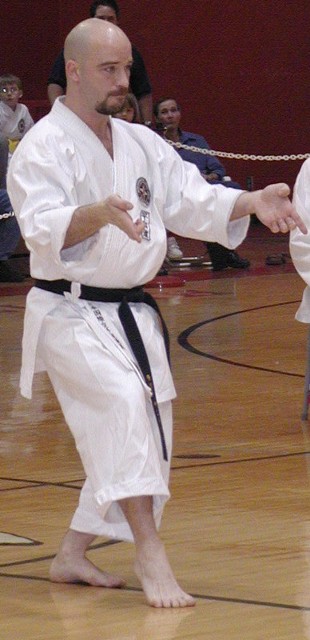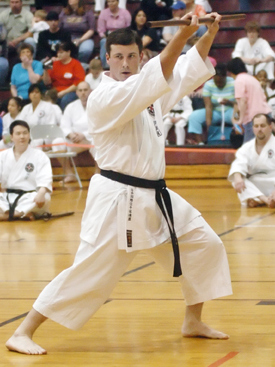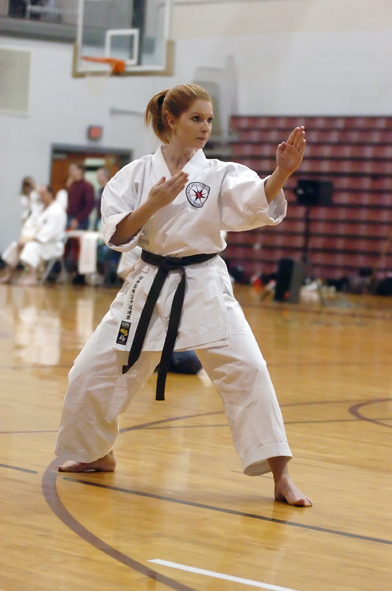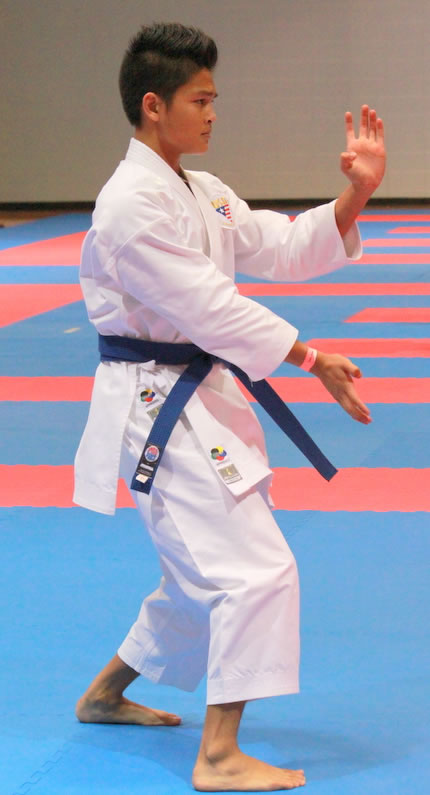Seven Minute Introduction Video...
Let our kareka tell you a little about Kanzen Karate Do. If you are interested in Karate training, it will be seven minutes well spent!
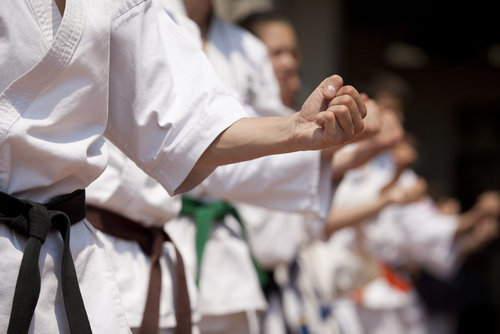
At Kanzen Karate Do...
We know your mind and body fitness are key in having a balanced life, no matter your age. Our classes cover various levels, including:
- Little Dragons (5-6 year olds)
- Beginners (white and yellow belts)
- Intermediate (orange though red belts)
- Advanced (brown and black belts)
- Competition team (all levels who are preparing for competition).
All ages are welcome and encouraged to train at Kanzen Karate Do.
We offer training in one of the traditional Japanese Karate styles, Shotokan, to our members in the Moody, Leeds, Odenville, Pell City and Trussville, AL area. The benefits achieved by training martial arts are lifelong creating a strong constitution and confidence while enhancing personal character. We like to think of our dojo as family.
The stresses of today's fast pace life we all keep can be exhausting and limit your time for mental and physical release, with the added benefit of self-defense, Kanzen Karate Do can help.
Kanzen Karate Do is also an accredited member of the TKF, Traditional Karate Do Federation (http://www.tkfusa.org/) and the USANKF, USA National Karate Federation (http://www.teamusa.org/USA-Karate).
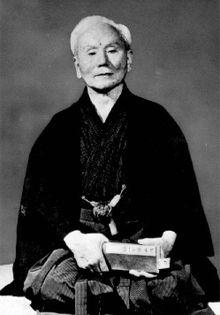
Shotokan History Facts
Gichin Funakoshi (1868-1957) of Okinawa founded Shotokan Karate, a traditional martial art. Born prematurely, Gichin Funakoshi was brought to his Sensei when he was weak and sickly. He began herbal remedies as per his doctor and began training, developing a very disciplined mind and teachnique along with an improvement in his overall health.
Martial arts being banned in Okinawa until 1902, Funakoshi trained in secret. He came to Japan after being invited to demonstrate and decided to stay and teach. Shotokan, which means "pines waves hall," was the name given by his students to the first official dojo he built, which was built in 1936 and destroyed in 1945 as a result of an allied bombing. Some of his students would later establish the Japan Karate Association (JKA) in 1948, continuing to teach and grow until his death in 1957.
Shotokan karate is typically divided into three parts: kihon (basics), kata (forms or patterns of moves) and kumite (sparring). Techniques in kihon and kata are characterized by deep, long stances that provide stability, enable powerful movements, and strengthen the legs. Shotokan is regarded as a dynamic martial art as it develops anaerobic, powerful techniques as well as developing speed. Initially strength and power are demonstrated instead of slower, more flowing motions. Those who progress to brown and black belt level develop a much more fluid style that incorporates grappling, throwing and some aikido-like techniques, which can be found even in basic kata. Kumite (fighting) techniques are practised in the kihon and kata and developed from basic to advanced levels with an opponent.
Gichin Funakoshi laid out the Twenty Precepts of Karate, which became the foundation for modern Shotokan karate. Funakoshi wrote, "The ultimate aim of Karate lies not in victory of defeat, but in the perfection of the character of the participant."
